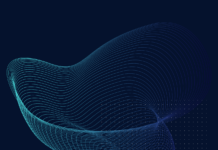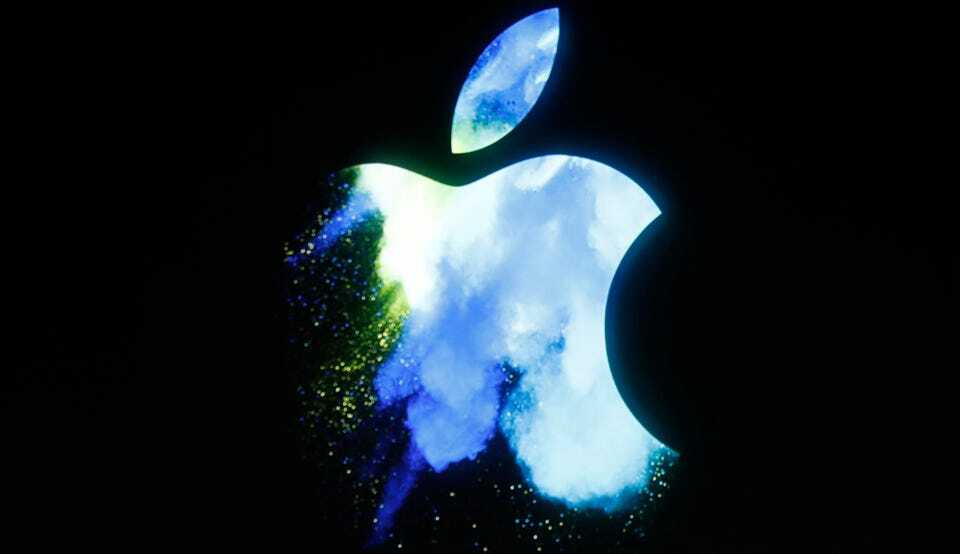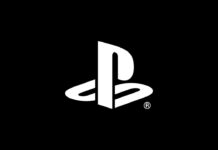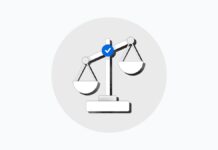After a “highly nasty” spyware was discovered stealing credentials, logging keystrokes, and recording screenshots, an unsettling warning was issued for millions of Apple customers. Here’s what you need to get done today. “This is a major and new threat for all Mac users,” says Ekram Ahmed of Check Point. He claims that the typical Mac malware environment isn’t all that bad. This, on the other hand, is a very different story. “It is critical that every single user look for and delete these dangerous files as soon as possible.”
According to the company, check Point’s warning is intended to serve as a wake-up call to Mac users, who are under the mistaken impression that they are relatively safe from such threats. And in its report, the cyber giant makes no apologies. Yaniv Balmas, the firm’s chief of cyber research, told me, “This is a fully-fledged malware with very nasty intent and functionality.”
“Harvesting credentials from multiple web browsers, collecting screenshots, monitoring and logging keystrokes, and downloading and executing files according to orders received from Command-and-Control (C&C) servers” are all examples of this functionality. The malware also includes “a number of tactics to make it more difficult for researchers to evaluate.” The new threat is a fork of the well-known Formbook malware-as-a-service.
According to Check Point, this was rebranded last year as Xloader and has been “prolific” in the previous six months, “targeting not only Windows but, to our surprise, even Mac users.” “In comparison to its predecessor, the virus goes considerably faster and deeper,” Ahmed explains, and it’s only going to get worse. “By the end of the year, I expect the malware to continue to mutate in more virulent ways.”
Also Read- 5 best Malware Scanner for WordPress
Now You Can Check If Your Smartphone Is Infected With Pegasus Spyware
The latest Check Point report has two key takeaways:
1# The first is that Macs are becoming increasingly vulnerable to cyber-attacks. A lot of it is opportunistic, but some of it is technical. Second, with more Macs, there’s a better chance of honing or renting assault tools to go target those people.
2# Second, and perhaps more importantly, “there is a widespread misunderstanding among Mac users about their security—for some reason, most believe they are safe and malware-free,” according to Balmas. “There is no significant restriction from a technical standpoint. It’s simply a decision made by the “evil guys.” Once they’ve entered the Mac environment, there’s no stopping them—and if users are naive and unwary, this might cause considerable harm.
” According to Check Point’s study, “Hackers may buy licenses for the new malware for as little as $49,” allowing them to “grab log-in passwords, take screenshots, log keystrokes, and execute dangerous files.”
In reality, just as with a PC, you should run a trustworthy antivirus software program on your Mac. You can no longer rely on Apple’s ostensibly secure ecosystem to keep you safe. Unfortunately, there’s little alternative, given that Apple has admitted that “today we have a degree of infection on the Mac that we don’t find acceptable” and has exploited this problem to justify the iPhone walled garden, which is currently under antitrust examination.
Also Read: Is Your Email Address Among The Millions In A Facebook Leak?
Alert: Apple Users Warned To Delete ‘Very Malicious’ Hidden Files
Balmas also advises users to follow the standard anti-phishing precautions. Open attachments from unknown sources with caution, and be cautious of links in emails or chat programmes on your Mac. “As Macs become more popular,” he says, “the focus on cybercrime grows—it’s a good source of cash, and defenses are considerably less mature than Windows.” That is why it is critical to educate Mac users about the vulnerabilities to this ecosystem.”
Must Read: Now You Can Check If Your Smartphone Is Infected With Pegasus Spyware
New iPhone WiFi SSID Hack Is Now Considerably More Dangerous


































